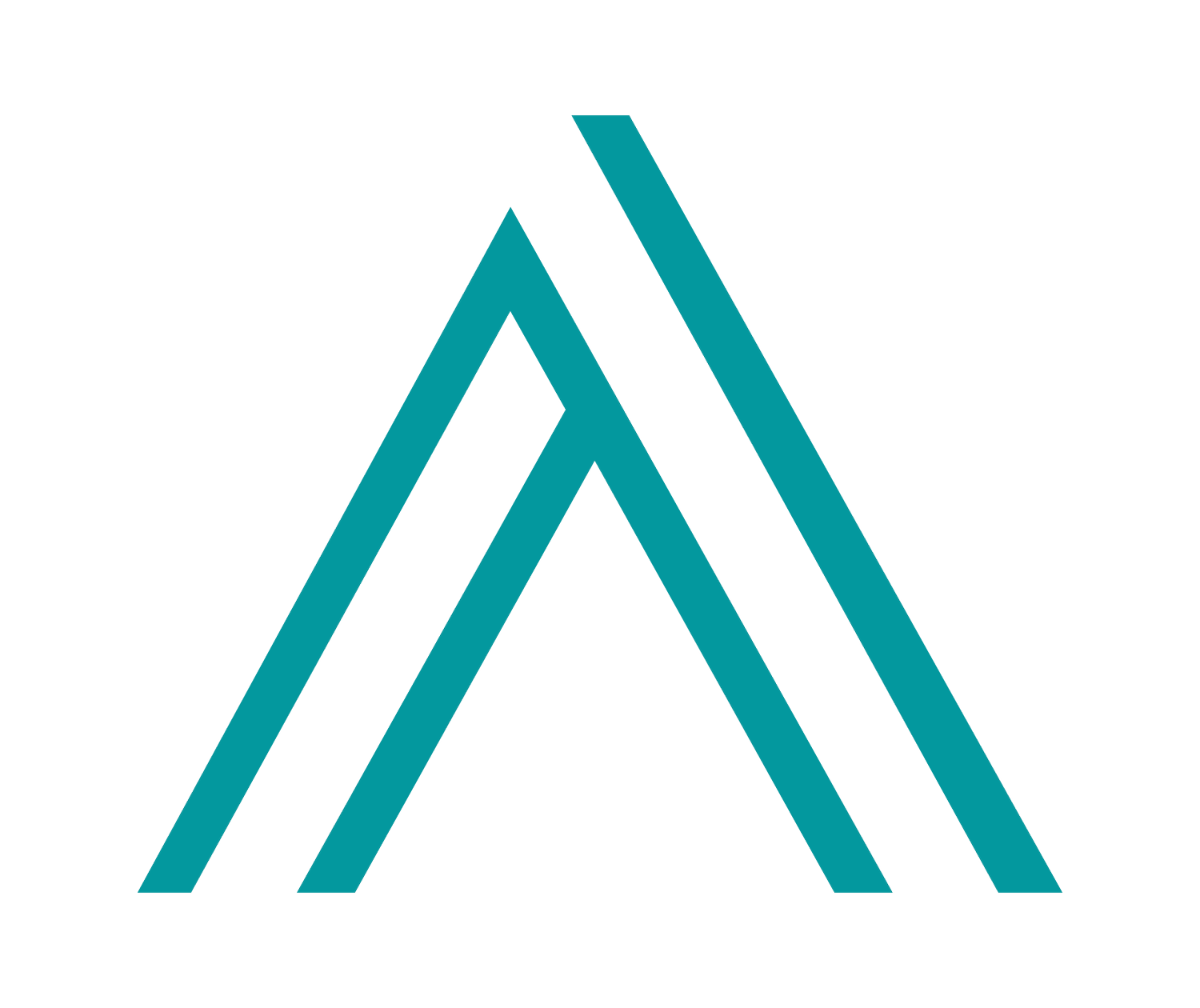Writing a Good Resume.
Your Resume and Design Portfolio are pivotal in showcasing your capabilities and persuading employers to consider you for the role. Neglecting to refine these documents can have significant repercussions.
To craft an effective Resume, we recommend adhering to this concise guide:
Profile: Begin with a succinct self-profile at the top of your Resume. Clearly state your speciality (e.g., Architectural Technologist, Licensed Architect) and outline your future goals and aspirations.
Work Experience: Start with your current position and work backward. Avoid excessive detail on roles more than 6 or 7 years. Include company name, location, dates (month and year), and a brief description of responsibilities. Aim for a focused Design CV of 2-3 pages. Provide project details.
Visual Content: Omit personal photos. If including work images, ensure they are clear, professional, and relevant to architectural or interior design work, don’t include academic projects.
Formatting & Aesthetics: Maintain a uniform black text color and make use of white space - take a minimalist approach. Given that employers typically spend about 30 seconds scanning Resumes, ensure key information is easily identifiable. Bullet points effectively convey extensive skill sets and responsibilities. Ensure your CV maintains a reasonable file size, preferably in optimized PDF format for easy sharing. DON’T save your resume as “Resume“ - have your first and last name and type of file.
Education: List relevant university degrees or higher education qualifications, including institution name, degree nature, and attendance dates. Add any awards or significant achievements.
Software Skills: Place software proficiency at the end, with educational details at the beginning. Clearly specify software expertise; refrain from including unfamiliar programs. Avoid adding too many softwares, find out what firms are using and what would be relevant to your role.
Hobbies/Interests: Exclude irrelevant hobbies. This typically won’t help you get the interview.
References: State the availability of references upon request. Don’t list contact details at this stage.
To stand out more, tailor your Resume to the role's specific requirements, emphasizing core skills throughout the document.
